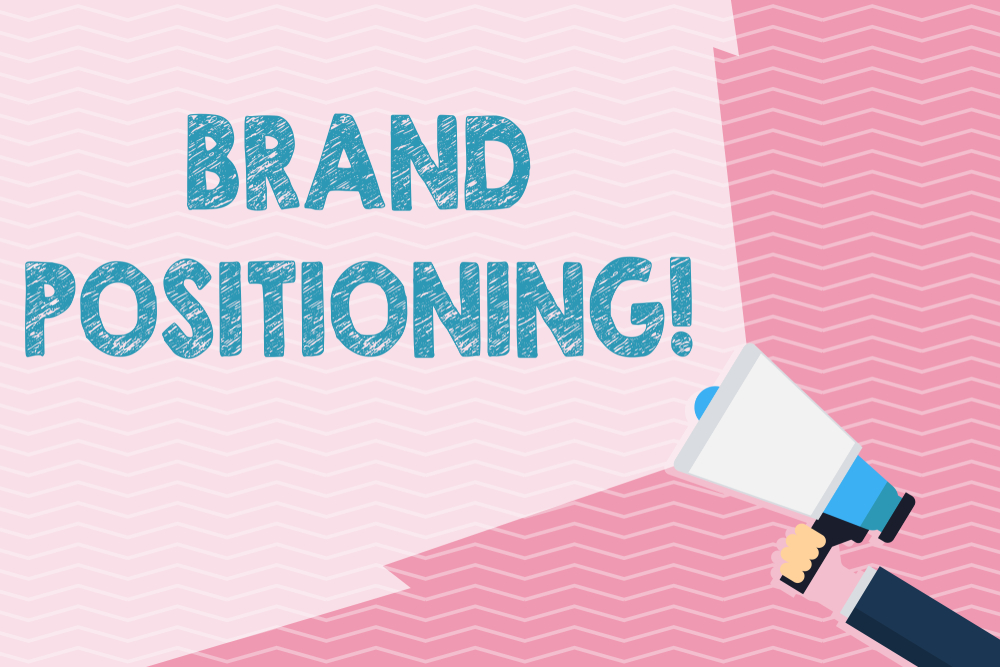How to create a brand that people will love
Written by
Candace Gerlach
POSTED
24th August 2022
CATEGORY
Updates

‘We’re too small to be a brand.’
This is something we heard the other day talking to a client and it really made us think. As marketers, we really need to do a better job of explaining what a brand is and why it’s one of the most valuable assets in business. It shouldn’t be deemed as a scary concept that’s only for big players in the market.
So, there you have it. Inspiration for this month’s blog.
What is a brand?
Branding has been used through the ages. In Ancient Norse, a Scandanavian language, the word “brandr” means “to burn.” Originally, a brand was a burning piece of wood and later described as a torch. By the 1500s, it became common to brand cattle in order to show ownership. Right from the start, branding was all about making your mark, both literally and figuratively. Each branding mark was unique to the cattle ranch itself. They were simple, distinctive and instantly identifiable—the tried and true pillars of any great brand.
But let’s bring it back to the 21st Century for a moment.
Your brand is the beating heart of your business. It helps shape people’s perception of your entire ethos and offering. It’s the reputation you’re building. It’s the thing that people remember. It’s not just a colour palette and logo. It’s the reason you exist.
Your brand helps people identify what your business offers – the product, the service, the culture – creating value and the opportunity to gain a competitive edge over others in your sector.
Why is a brand important?
The most well-known explanation of a brand is from the business mogul himself, Jeff Bezos: ‘Your brand is what people say about you when you’re not in the room.’ If you do a good job of building your brand and conveying a message that resonates with your audience, it’s likely to be remembered for all of the right reasons. If you don’t, it has an adverse effect.
People develop relationships with brands, which can also help you to build a loyal customer base that draws others in. You can build trust and credibility with the people you’re trying to reach, which can influence buying habits and whether they choose your brand over another.
So – how do we influence perceptions and buying decisions through branding?
4 areas to think about:
Develop a brand identity and personality:
Think about what you stand for as a business; what’s your purpose, values, and role in the world. Spend time looking at your competitors and where there’s clean space for you to own. And then think about a personality type that feels authentic and likely to resonate with your audience. We use the brand archetype model for this, which our clients love because it makes it very tangible and relatable.
Once you’re happy – build your whole brand identity around it. From tone of voice, look and feel, customer experience – something you can embed throughout the whole organisation.
Create distinctive brand assets:
Brand assets help people recognise and remember you. Use them correctly and they’re a great way of gaining an advantage over your competition. In the words of Ehrenberg-Bass, they are ‘non-brand name elements that can trigger the brand into memory for category buyers.’
Put another way – they are the visual or audio elements that when we see or hear them, make us think of certain brands.
Think Nike’s tick, McDonald’s golden arches, and jingle ‘I’m lovin’ it’ to name but a few. They will help you stand out in crowded buying situations.

Be visible:
Once you have defined your purpose and developed an identity for your brand, you need to be visible. The way that you communicate your offering, the experience you give your customers, and the cultural and value messages you are communicating – all go towards building memory structures in your audience’s mind and start to influence the way they feel about you.
Marketing is a tool for getting your message heard and consistency is key. A large % of the audience you reach won’t be in the market for what you’re selling at that time, so you need to build the brand over time. And then when they are ready to buy – they choose you.
Brand building can often be a slow burn that doesn’t pay back in the short term but it’s essential if you want to build value in what you’re selling.
Satisfy customers:
The buyer’s journey doesn’t end when the product or service is bought. Once you have a customer, they’ll have an opinion of your brand. In some ways, this is the most important part of the customer journey. If they’re satisfied, you want them to shout about it from the rooftops. If they had a bad experience, you’re in trouble.
Your customers are the most valuable part of your business. Manage their expectations, treat them fairly, and nurture the relationship. It’s in your power to effect whether they remain loyal to your brand and influence others to buy from you, too.
So – if you’re a small to medium-sized business wanting to have more of an impact in the market and be recognised for the things that really matter – get in touch. It doesn’t have to be a long, expensive process. There’s a framework we use with our clients that gets them clarity in weeks.
To speak to us or book one of our brand clarity workshops, book a call here or email us.

